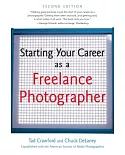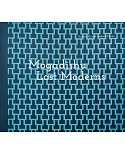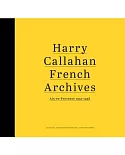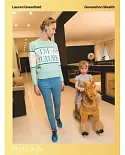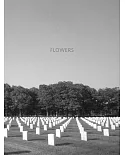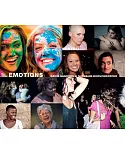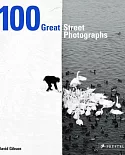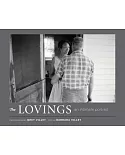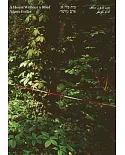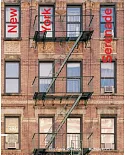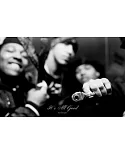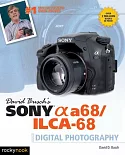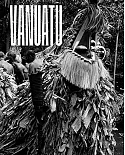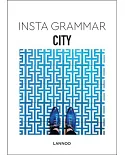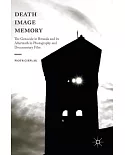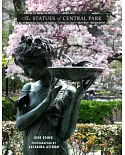PROLOGUE
When I was young and just starting out as a photographer, I worked for Rolling Stone, which was then a small magazine published in San Francisco. It was devoted mostly to rock and roll. I
didn’t actually know much about rock and roll, but I was grateful to be able to take pictures and see them published. It didn’t matter what the subject was. What mattered was photography. Being
a photographer was my life. I took pictures all the time, and pretty much everything I photographed seemed interesting. Every single time I went out to take a picture was different. The
circumstances were different. The place was different. The dynamics were different. Every single time. You never knew what was going to unfold.
Years before it ever occurred to me that one could have a life as a photographer, I had become accustomed to looking at the world through a frame. The frame was the window of our family’s car
as we traveled from one military base to another. My father was a career Air Force officer, and whenever he was transferred, which was often, our family of six kids would pile in the back of
the station wagon and my mom and dad would just drive, nonstop. We didn’t have any money, so motels were pretty much out of the question. I remember driving from Fairbanks, Alaska, to Fort
Worth, Texas. Our luggage was piled on top of the station wagon, and a set of moose antlers was in front of the luggage. We stopped only once, in Anaheim, to see Disneyland. The Disneyland
people let us park right in front of the entrance.
I was a third-year student at the San Francisco Art Institute when my pictures began appearing in Rolling Stone. I had enrolled there as a painting major in the fall of 1967. My father was by
then stationed in the Philippines, at Clark Air Base, the largest American military base overseas. It was the main support base for soldiers coming in and out of Vietnam. During the summer
after my freshman year, while I was staying with my family at the base, I visited Japan with my mother and some of my brothers and sisters.
I bought my first real camera in Japan, a Minolta SR-T 101. The first thing I did with it was take it on a climb up Mt. Fuji.
Climbing Mt. Fuji is something every Japanese does at some point, but it’s harder than you might think. I was young, and I started up the mountain fast. I didn’t know about pacing. My brother
Phil was even younger–he was thirteen–and he ran ahead of me. Phil disappeared. The camera felt like it weighed a ton. It was awkward. It got heavier the higher we went. After a while I was
pretty sure I wasn’t going to make it, but just then a group of elderly Japanese women in dark robes came marching along in single file. They were chanting in an encouraging way and I fell in
behind them. We passed Phil at the seventh way station. He was lying flat on his back.
When you climb Mt. Fuji you stay overnight at the eighth way station and get up in the morning so that you can reach the top at sunrise. It’s a glorious moment. Spiritually significant. When I
got to the top I realized that the only film I had was the roll in the camera. I hadn’t thought much about the film situation. I photographed the sunrise with the two or three frames I had
left.
I took this, my first experience with a camera on the road, or path, as a lesson in determination and moderation, although it would be fair to ask if I took the moderation part to heart. But it
certainly was a lesson in respecting your camera. If I was going to live with this thing, I was going to have to think about what that meant. There weren’t going to be any pictures without
it.
That summer, I took pictures around the base and developed the film in the base hobby shop. When I went back to the San Francisco Art Institute I signed up for a night class in photography. The
following summer, I took a photography workshop, and that’s when I decided that this was what I wanted to do. Photography suited me. I was a young and unformed person and I was impatient.
Photography seemed like a faster medium than painting. Painting was isolating. Photography took me outside and helped socialize me. I felt at home in the rooms where the photography students
worked. There were a lot of angry abstract expressionists in the painting studios. I wasn’t ready for abstraction. I wanted reality.


